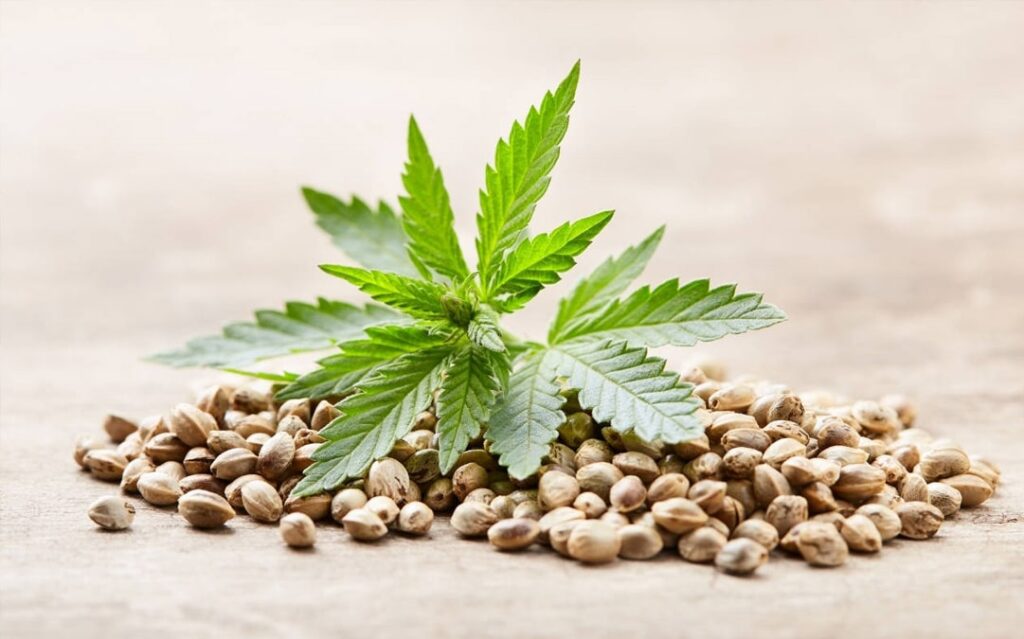Introduction
Autoflower cannabis seeds have revolutionized the cultivation process, offering growers the convenience of automatic flowering and shorter growth cycles. However, many growers may wonder if it’s possible to clone autoflowering plants to preserve desirable traits or expand their garden without the need for new seeds. In this comprehensive guide, we’ll delve into the fascinating world of cloning autoflower cannabis seeds. From understanding the unique characteristics of autoflowering plants to mastering the cloning process, we’ll provide you with the knowledge and techniques needed to successfully clone autoflower cannabis seeds and optimize your cultivation efforts.
Understanding Autoflower Cannabis Seeds

Autoflowering plants have a unique genetic makeup that allows them to transition from the vegetative stage to the flowering stage based on age rather than light cycles. These plants typically have a shorter growth cycle, making them ideal for growers looking to harvest multiple times in a single season. Autoflowering Cannabis Plants are known for their resilience and ability to thrive in various environments, making them popular among novice and experienced growers alike.
The Cloning Process
Autoflower cannabis seeds have gained popularity among growers for their unique ability to transition from the vegetative stage to the flowering stage based on age rather than changes in light cycles. While many growers appreciate the convenience and efficiency of autoflowering plants, some may wonder if it’s possible to clone these plants to preserve desirable traits or expand their garden without relying on new seeds.
In this guide, we’ll delve into the fascinating world of cloning autoflower cannabis seeds. We’ll explore the unique characteristics of autoflowering plants, discuss the challenges and considerations involved in the cloning process, and provide step-by-step instructions for successfully cloning autoflower cannabis seeds. Whether you’re a novice grower looking to expand your garden or an experienced cultivator seeking to preserve prized genetics, this comprehensive guide will equip you with the knowledge and techniques needed to master the cloning process in autoflower cannabis seeds.
- Selecting a Healthy Mother Plant: Choose a robust and healthy autoflowering plant with desirable traits to serve as the mother plant for cloning.
- Preparing the Cloning Equipment: Gather all the necessary tools and supplies, including a sharp razor blade or scalpel, rooting hormone, cloning gel or powder, rooting cubes or plugs, and a humidity dome.
- Taking Cuttings: Carefully select and cut healthy branches or shoots from the mother plant, ensuring they have at least two nodes and several healthy leaves.
- Applying Rooting Hormone: Dip the cut end of each cutting into rooting hormone to stimulate root growth and improve the chances of successful cloning.
- Planting the Cuttings: Insert each cutting into a rooting cube or plug and place them in a propagation tray filled with a well-draining growing medium.
- Providing Optimal Conditions: Place the propagation tray in a warm and humid environment with gentle lighting to encourage root development and minimize stress on the cuttings.
- Monitoring and Caring for Cuttings: Keep a close eye on the cuttings and ensure they remain adequately watered and protected from pests and diseases until roots develop.
Also Read: Cannabis Seeds and Terpenes: Unlocking the Aromas and Flavors of Your Plants
Tips for Successful Cloning of Autoflower Cannabis Seeds
Cloning autoflower cannabis seeds is a skill that many growers aspire to master, as it offers a cost-effective and efficient way to replicate prized genetics and expand one’s garden. However, the process of cloning autoflower plants presents unique challenges compared to photoperiod varieties, as autoflowers have a predetermined life cycle that includes both vegetative and flowering stages.
In this guide, we’ll explore essential tips and techniques for successfully cloning autoflower cannabis seeds. Whether you’re a novice grower looking to experiment with cloning or an experienced cultivator aiming to refine your skills, this comprehensive guide will provide you with the knowledge and strategies needed to achieve success. From selecting the right mother plant to mastering cloning methods and optimizing environmental conditions, we’ll cover everything you need to know to maximize your cloning success and unlock the full potential of your autoflower cannabis seeds.
- Choose the Right Timing: While autoflowering plants can be cloned at any stage of growth, it’s best to take cuttings during the vegetative stage when the plant is actively growing.
- Use High-Quality Genetics: Select mother plants with desirable traits, such as high potency, yield, and resistance to pests and diseases, to ensure the cloned plants inherit these characteristics.
- Maintain Ideal Growing Conditions: Provide the cloned cuttings with optimal conditions, including proper lighting, temperature, humidity, and nutrient levels, to support healthy root development and overall growth.
- Avoid Overfeeding: Autoflowering plants are sensitive to nutrient imbalances, so avoid overfeeding or overwatering the cloned cuttings to prevent stress and ensure successful rooting.
- Monitor for Signs of Stress: Keep an eye out for signs of stress, such as wilting or yellowing leaves, and adjust growing conditions as needed to promote recovery and successful cloning.
Conclusion
Cloning autoflower cannabis seeds can be a rewarding and efficient way to preserve desirable traits and expand your garden with genetically identical plants. By understanding the unique characteristics of autoflowering plants and following the cloning process outlined in this guide, you can successfully clone autoflower cannabis seeds and enjoy a bountiful harvest of high-quality buds. Experiment with different techniques and varieties to find what works best for you, and happy growing!
